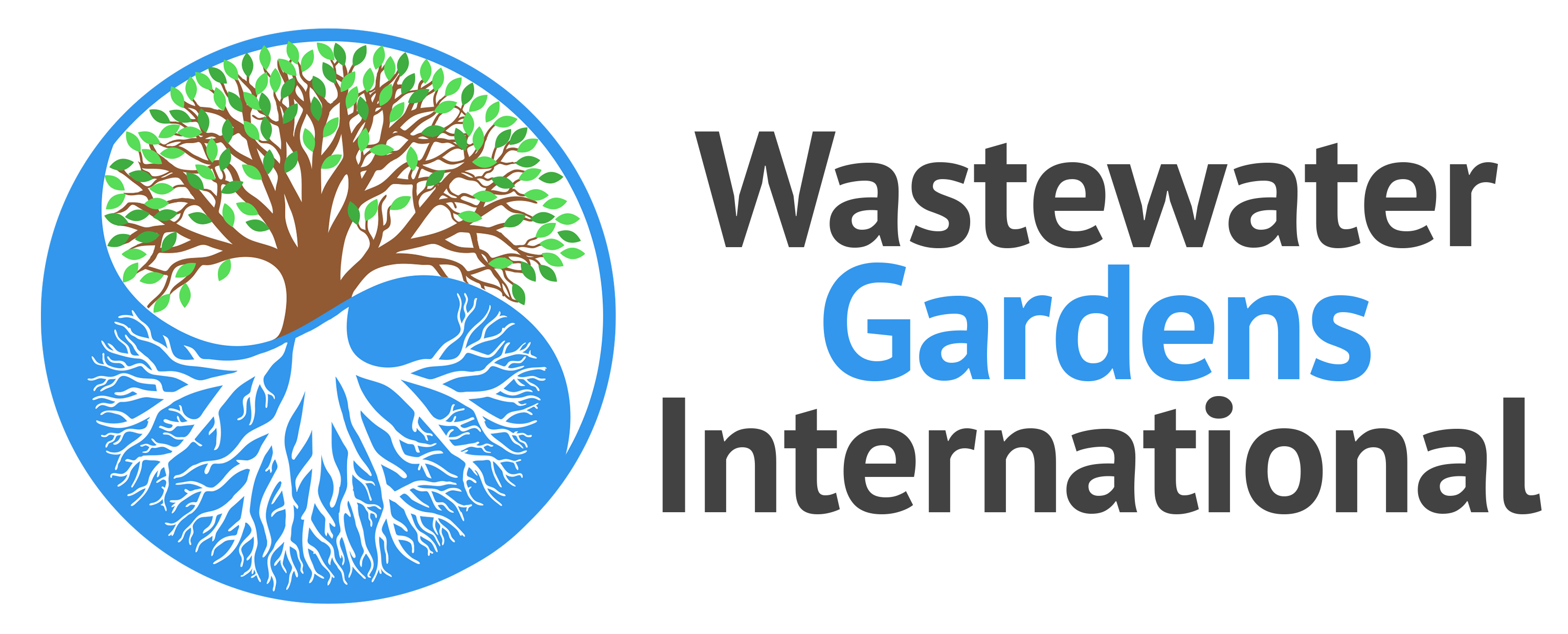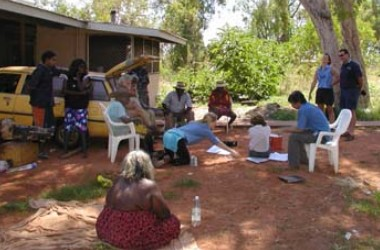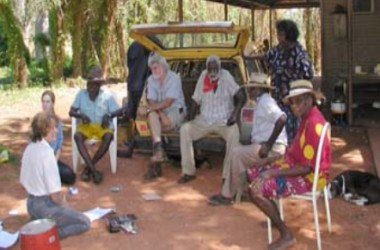Wastewater Garden work in Australia began when the West Australian Department of Health approved their implementation. They were well aware of the problems faced by remote and isolated areas for effective sewage treatment, including Aboriginal communities in the north of the state.
The first system was built for the Birdwood Downs homestead, a project consulted to by the Institute of Ecotechnics working on ecological ways of regenerating degraded lands in the tropical savannah.
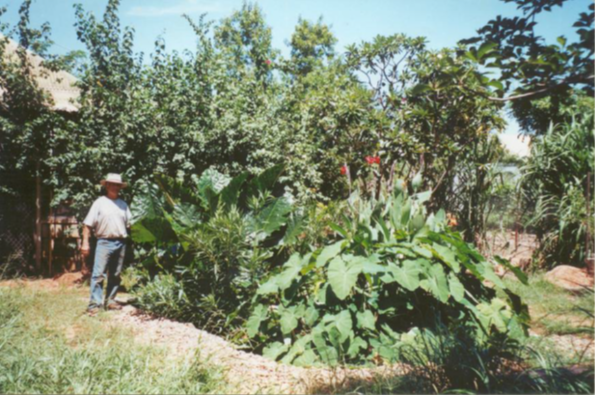
WWG at Birdwood Downs, 1 year after planting.
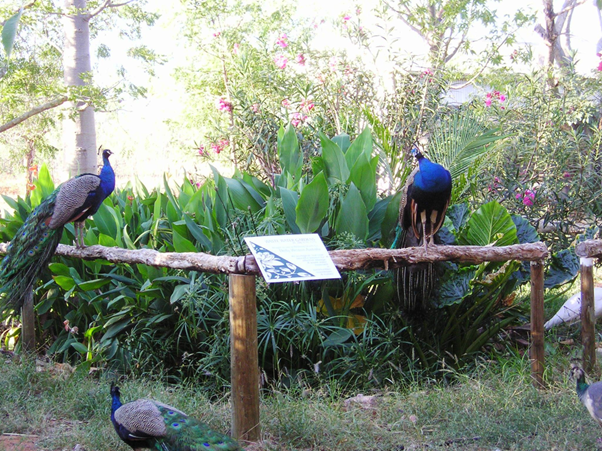
Peacocks enjoying the Wastewater Garden at Birdwood Down homestead.
In 2002, 3 WWG units were installed to solve the health and environmental problems caused by wastewater at the Emu Creek aboriginal community in Kununurra, Western Australia of fifty people and in 2004, and 5 WWG units were installed to solve sewage problems at houses at the Joy Springs community, Fitzroy Crossing, West Australia.
Problems that had to be solved & Solutions provided: Houses at both communities were situated on low ground, subject to soil inundation during the rainy season; as a consequence, normal leach drain disposal after septic tanks failed and sewage water was present on the surface of the ground, causing ill-health, odor, and environmental degradation by the fouling of groundwater and surface water. Furthermore, the community being smaller, and the houses being scattered, it made pumping to a centralized sewage treatment plant uneconomic.
In addition to servicing technical and economic needs (cost saving compared to a centralized sewage treatment plant was considerable), both communities have been greened and beautified using the treated wastewater. Since the community has been instructed on how their constructed wetlands function, the people have now a better understanding of the consequences of water usage in the community.
Water quality tests have demonstrated the high degree of water treatment already being achieved in the first two years after installation (e.g., around 90% reduction in BOD (organic compounds), suspended solids and 60-80% reductions in nitrogen and phosphorus.
Stakeholder Participation: Another benefit of this community-based Wastewater treatment was the involvement of the communities themselves, as it was the residents of Emu Creek (Gulgagulganeng) and Joy Springs who, upon consultation, chose the approach: Members of the community advised on which plants would be used in the WWG, requesting beautiful flowering plants.
Emu Creek Stakeholders and planning meeting
Community members were employed during the construction and trained in the ongoing maintenance and operation of the new systems. Workshops were held on water conservation.
Painters from the Emu Creek community designed and painted their Dreamtime Stories on the control boxes of the systems, affirming their ownership of the new garden treatment systems.
At four of the Joy Springs house systems, water is pumped to a raised soil area (inverted leach drain) during periods of highwater during the wet season. These areas were also planted to flowering shrubs, native plants, and fruit trees, further greening the community.
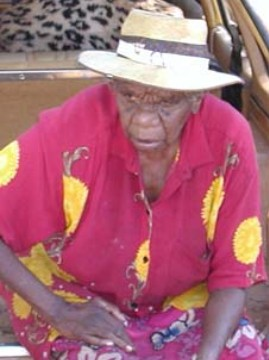
Emu Creek Artist resident
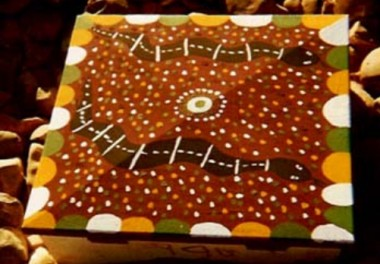
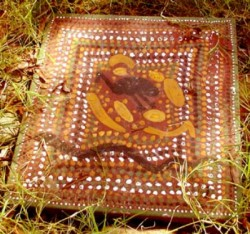
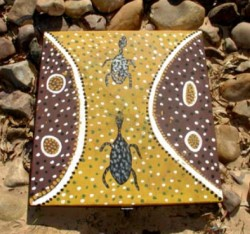
Dream Time Paintings by community artists on WWG Control Boxes
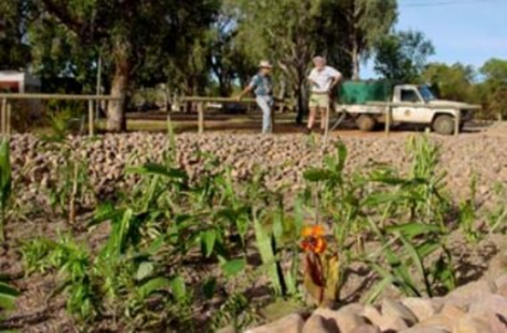
One of the three WWG Emu Creek (Gulgagulganeng)
50 people, 3 WWG units
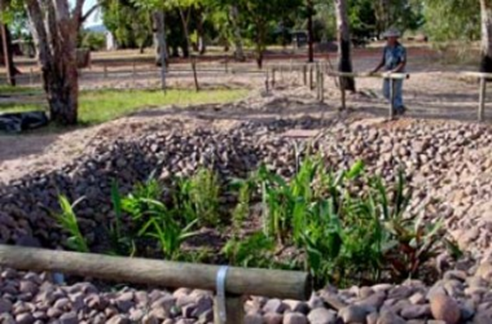
Initial WWG growing stage
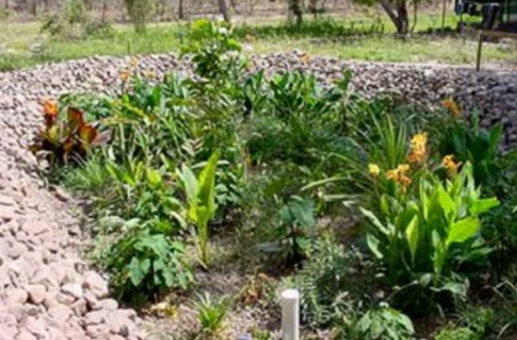
Maturing plants
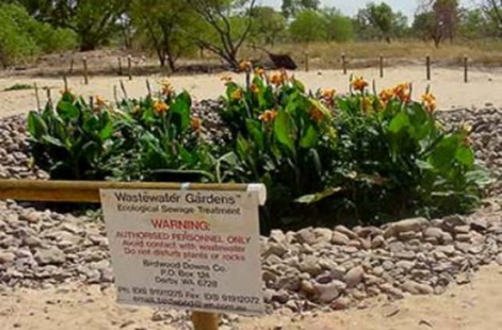
After three months of growth (in September 2002)
Joy Springs Aboriginal Community, Fitzroy Crossing, West Australia
Five houses fitted with WWG treatment Units four with inverted leach drains for wet season operation and further greening of community.
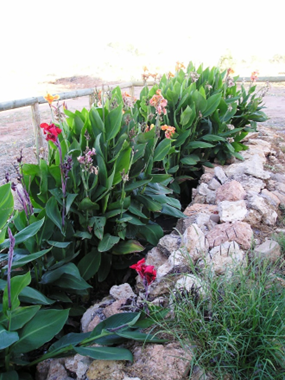
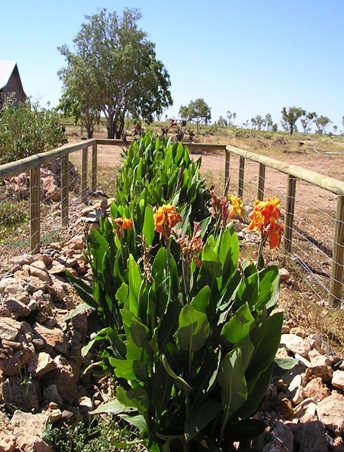
Two of the Wastewater Gardens at Joy Springs.
Pandanus Park Aboriginal Community, Derby, West Australia
Several houses and the community school had Wastewater Gardens installed for water conservation, protection of the nearby Fitzroy River from sewage contamination and to green the community.
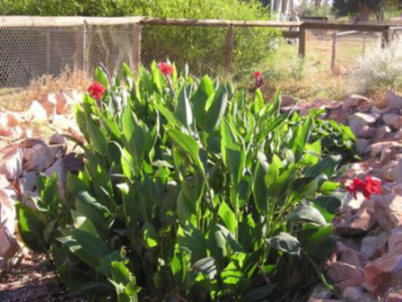
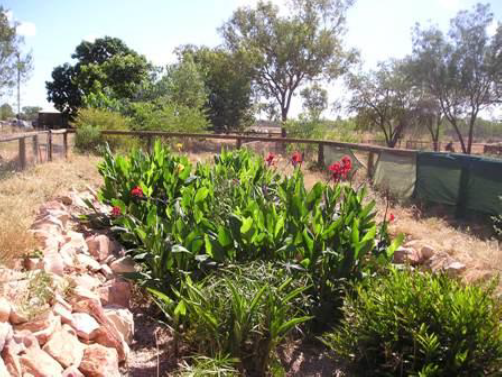
Two WWG systems at Pandanus Park Aboriginal Community, Derby, West Australia
Was
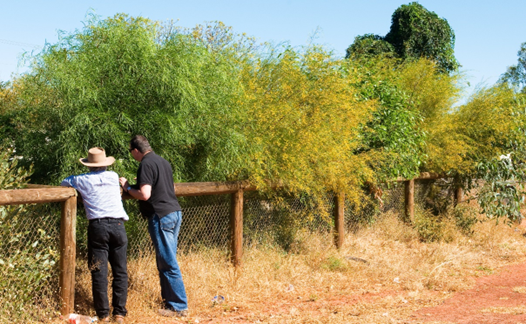
Native shrubs and trees were used after the Wastewater Garden to make use of remaining water and valuable nutrients. This photo was after the first year of growth.
Coconut Well Bed and Breakfast, Broome, West Australia.
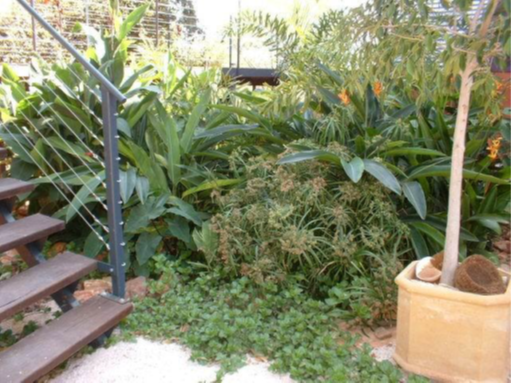
Wastewater Garden for Coconut Well B&B is located in between the house and the guest rooms
